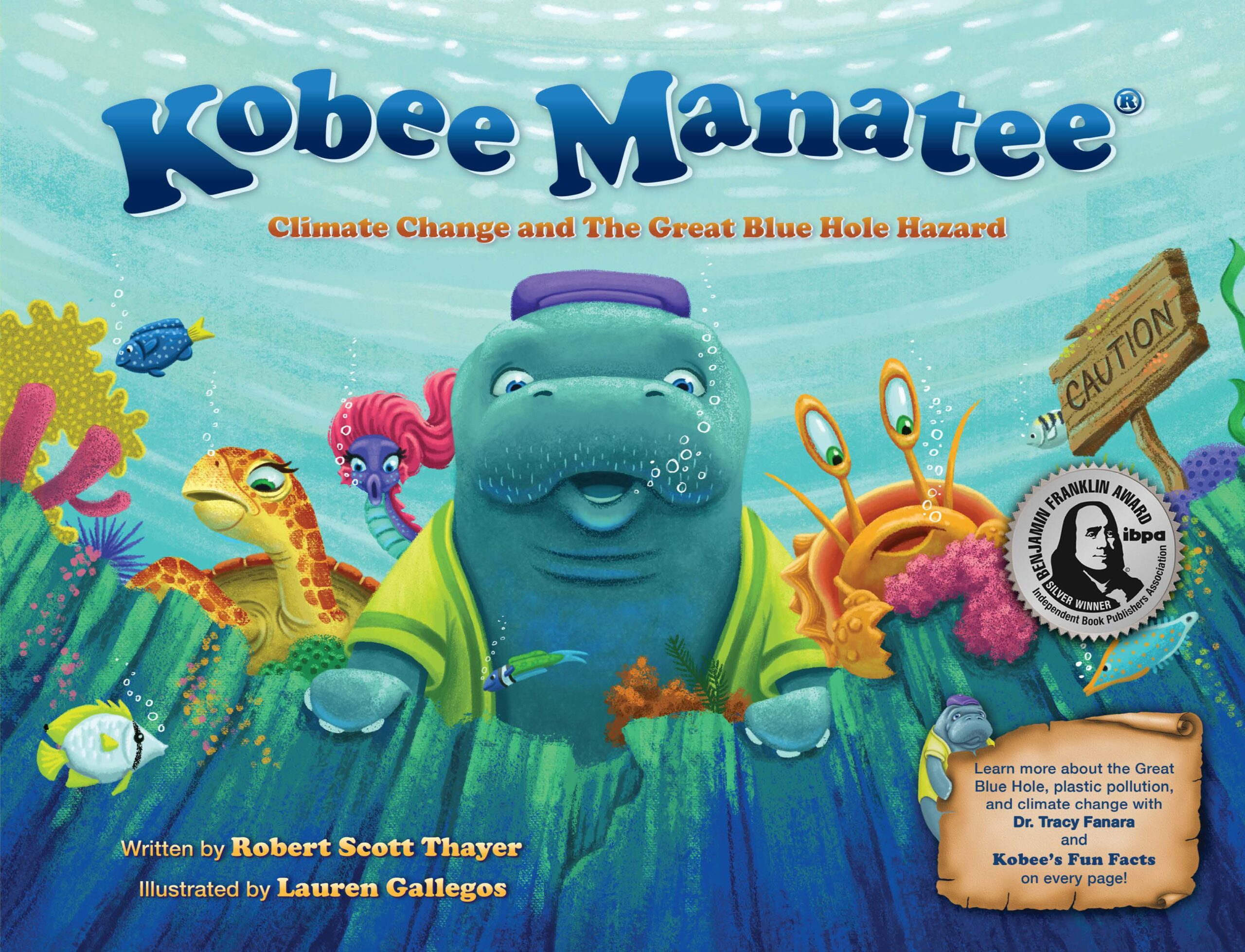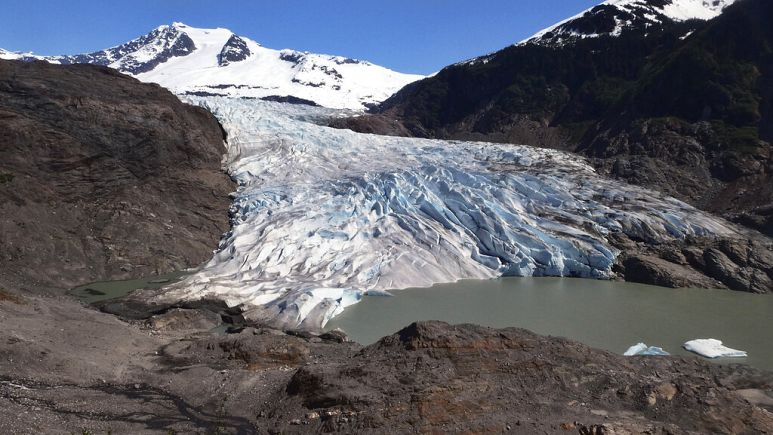Half of Globe’s Glaciers Gone by End of Century
Greetings! Clearly, it’s very sobering news to hear from a new study that “Half of the world’s glaciers are doomed to disappear by the end of the century due to climate change.”
This study was published in the journal Science it “made projections on the future of some 215,000 glaciers around the world, including in the Alps.” The study also said, “that even if temperature rises are limited to 1.5C, just under half of the earth’s glaciers will vanish, increasing sea levels and raising fears over water resources.”
We all need to do all we can to curb these serious effects of climate change, “reduce the greenhouse gas emissions fueling climate change.” Regine Hock, the study’s co-author says, “There is a small ray of hope and a positive message in our study. It tells us that we can make a difference, that actions matter.” Okay – a ray of hope is good, but how does this involve glaciers?
The study talked about, “the possible impact of temperature rises on glaciers across several warming scenarios: +1.5C, +2C, + 3C, and +4C. These temperature rises reflect the outcomes of different political decisions. If temperature rises are limited to 1.5C above pre-industrial levels – the most ambitious goal of the Paris climate accord – then 49 percent of the world’s glaciers will vanish by 2100. This loss will represent around 26 percent of their ice, with the smallest glaciers in Europe and America affected first.”
“In October 2022, UN climate experts warned that national pledges to reduce harmful emissions do not offer a credible pathway to limit warming to 1.5°C, urging the world to act before it is too late.”
Hock, a professor at the University of Oslo said, “Regions with relatively little ice, such as the Alps, the Caucasus, the Andes or the western United States, will lose almost all their ice by the end of the century, regardless of the emissions scenario. These glaciers are more or less doomed. If temperatures increase by 4°C – a worst-case scenario, though still possible – then the world’s largest glaciers, for example in Alaska, will be more affected. 83 per cent of glaciers would disappear, with sea levels rising by 15 centimetres. The difference between 9cm and 15cm may not seem like a lot, but such an increase is of great concern because higher sea levels will cause major flooding during storms and a lot more damage.”
What are the effects of will melting glaciers have on the planet?
“The world is currently on course to warm by 2.7°C, which will lead to almost complete deglaciation in central Europe, western Canada, the United States and New Zealand.”
The study’s predictions – are very alarming because better research has now been compared to other pockets of ice since they often lie in warmer areas. “made possible thanks to new data on glaciers that allows for better modelling.”
What is One Excellent Way to Talk to Kids about Climate Change?
One awesome tool for talking to kids about climate change is to read my fourth installment in the award-winning Kobee Manatee® Children’s Educational Picture Book series. It’s titled, Kobee Manatee® Climate Change and The Great Blue Hole Hazard. It’s about climate change and plastic pollution in our oceans.

When you read this educational picture book to children, it’s a fun and fictional adventure loaded with weaved in facts on climate change and plastic pollution, which helps children learn about this serious subject in a fun and entertaining way. Here’s a brief synopsis …
Kobee Manatee, the protagonist and his seafaring pals, Tess the seahorse and Pablo the hermit crab swim from the Cayman Islands to Belize. Kobee wants to help his cousin Quinn clean up plastic litter at her new, all-veggie underwater bistro called Quinn’s Seagrass Café.
On their Caribbean journey they encounter harmful effects of climate change and plastic pollution. As if that wasn’t enough, several other unforeseen problems occur with a distressed loggerhead turtle, a giant Portuguese man-of-war, and a venomous scorpionfish. They’re all amazed when they discover the extraordinary Great Blue Hole. Then their adventure takes another crazy turn when Pablo plunges into its huge abyss!
Each page includes in-depth, scientific details on climate change and plastic pollution in our oceans with Dr. Tracy Fanara, NOAA Research Scientist (aka Inspector Planet). Tracy can be seen on The Weather Channel as a visiting expert and she’s also seen on their “Weird Earth” segments.
We have Fantastic Reviews on this New Release!
“A well-crafted, thoughtful, and well-illustrated addition to a noteworthy educational book series.” —Kirkus Reviews
“Robert Scott Thayer presents an important environmental message in an engaging story with wonderful characters. Anyone who loves the ocean and wants to help save it should read Kobee Manatee: Climate Change and The Great Blue Hole Hazard. I’m looking forward to the next Kobee Manatee adventure.” —Readers’ Favorite
For young readers who enjoy imaginative tales surrounding affable and heroic sea creatures, as well as parents and/or teachers looking for a way to introduce youngsters to the importance of marine conservation, Kobee Manatee® Climate Change and The Great Blue Hole Hazard offers a perfect blend. Highly recommended! – Chanticleer Book Reviews
Keep watching for more of my updates on climate change!
If you see any sick or injured manatees, please call the Florida Fish and Wildlife Conservation Commission at: 1-888-404-3922 (FWCC). They are the folks who are responsible for rescuing us in Florida.
Here’s the Save the Manatee Club link to learn more about us manatees …
Here’s a cool link for you to learn more about how we’re rescued and brought into rehabilitation …
~ Robert Scott Thayer
Related Posts
Climate Change Doomsday Glacier Could Cause 6 Foot Sea Level Rise!
NASA Report Predicts 1 Foot Sea Level Rise by 2050!
Dr. Tracy Fanara aka Inspector Planet Uncovers Extraordinary Science Nuggets!
National Geographic’s Top 20 Must-See Haven Sinking into Rising Waters of Climate Change!
